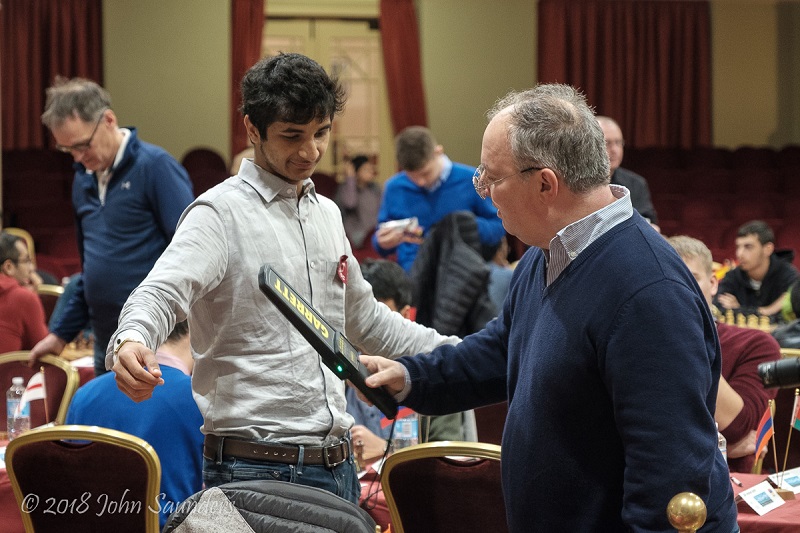Mid-tourney upsets
It is true that only eight out of the twenty top games from Wednesday finished with decisive results, but most of them featured either an upset or a dramatic struggle — moreover, the ratio was perfectly even: four upsets and four nice wins for the higher-rated player.
So far, this tournament has proven to be highly unpredictable, with many big names trailing and some surprises at the top. Many times in the past, when a situation like this presented itself in an open tournament, the favourites began to climb up the standings and one of them ended up taking first place. We will know if history repeats itself this year after Sunday's last round.
The perfect strikers until round four, Arkadij Naiditsch and Wang Hao, signed a 36-move draw, securing a place in the leading pack the next day. In the meantime, Mircea-Emilian Parligras defended tenaciously against Maxime Vachier-Lagrave with the black pieces. In the endgame, the Frenchman had three connected passers against Black's lone h-pawn, but he also was a knight down:
MVL had gone as far as possible with his pawns and there was no way to break through, so the players went on to repeat the position with 54.Nh6+ Ke8 55.Nf5 Kf7, etc.
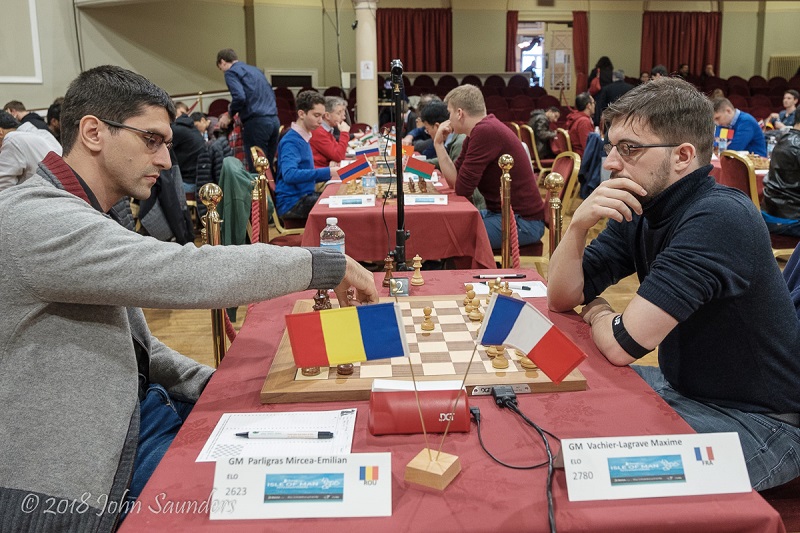
Parligras is performing way above his ratings | Photo: John Saunders
On the next board, Jeffery Xiong also had two pawns for a knight against Richard Rapport, but the position was much sharper…and the time control was quickly approaching. The young American, with Black, advanced his central pawns fearlessly:
 No other World Champion was more infamous both inside and outside the chess world than Bobby Fischer. On this DVD, a team of experts shows you the winning techniques and strategies employed by the 11th World Champion.
No other World Champion was more infamous both inside and outside the chess world than Bobby Fischer. On this DVD, a team of experts shows you the winning techniques and strategies employed by the 11th World Champion.
Grandmaster Dorian Rogozenco delves into Fischer’s openings, and retraces the development of his repertoire. What variations did Fischer play, and what sources did he use to arm himself against the best Soviet players? Mihail Marin explains Fischer’s particular style and his special strategic talent in annotated games against Spassky, Taimanov and other greats. Karsten Müller is not just a leading international endgame expert, but also a true Fischer connoisseur.
Xiong had just pushed his pawn to d3 and Rapport erred with 37.Nc3? — he needed to move his knight in the other direction with 37.Ng3, when after 37...Qg5 he could have given up the knight in order to eliminate the dangerous central passers. Instead, the Hungarian allowed Xiong's pawns to get to d3 and e2, the queens were exchanged and Black closed the deal on move 41:
Rapport resigned after 41...Rc6. It was a great victory for the 17-year-old, who will have White against Wang Hao on first board on Thrusday.
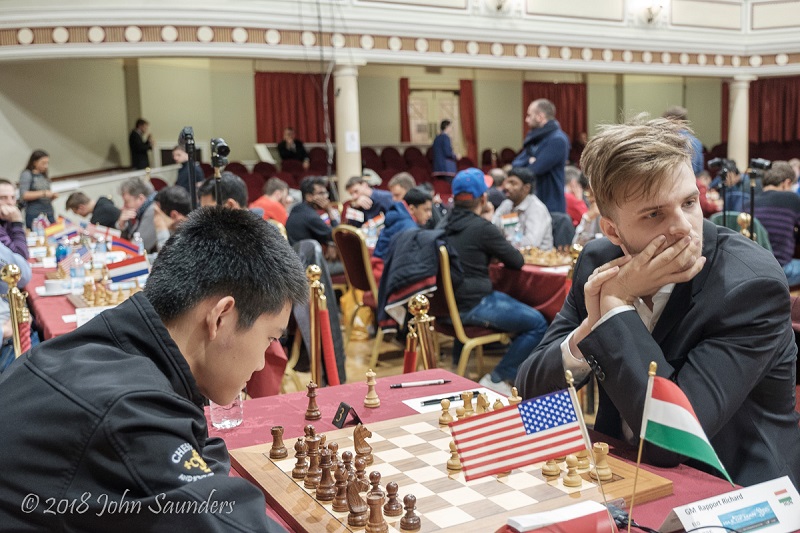
A sharp struggle between two strong youngsters | Photo: John Saunders
A bigger upset than Xiong's, at least in terms of ratings, was Gupta's win over Vidit. The higher-rated Indian came from beating Praggnanandhaa, while his compatriot had upset Le Quang Liem in the previous round. Gupta had the white pieces and gobbled a central pawn with a variation that started on move 27:
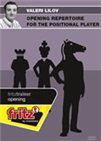 missing teaser!!
missing teaser!!
After 27.b4, there is no way to save both pawns on a6 and d5. The game continued 27...Nc4 28.Nxd5 Bxd5 29.Bxc4 and Gupta never looked back — he slowly but surely converted his advantage until getting the win on move 65. It was a particularly painful loss to Vidit, as it came on his 24th birthday.
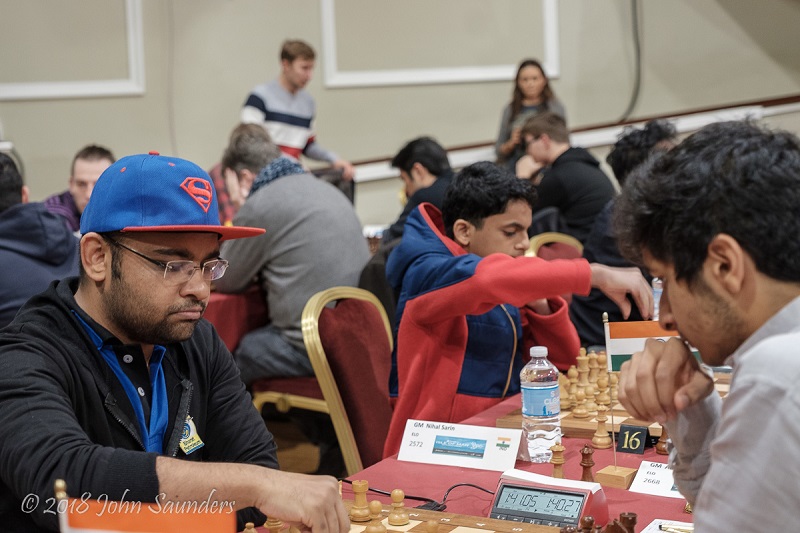
The Superman cap is working marvels for Gupta | Photo: John Saunders
Some boards below, we witnessed an exciting match-up that can only be seen on an event of this nature — Alexei Shirov had White against Hikaru Nakamura, two players known for their fighting spirit, albeit from different generations. The older attacker was clearly in the mood to create fire on the board and made a drastic decision in the middlegame:
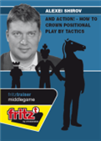 There are few names which, like that of Alexei Shirov, can be associated with fantastically imaginative and tactically influenced play. Now the Latvian grandmaster is presenting a DVD on precisely that element of the game of chess. And one that is completely based on his own games.
There are few names which, like that of Alexei Shirov, can be associated with fantastically imaginative and tactically influenced play. Now the Latvian grandmaster is presenting a DVD on precisely that element of the game of chess. And one that is completely based on his own games.
Shirov sacrificed an exchange with 18.Rxf5, a move not completely approved by the computer — although it did not give Black anything resembling a clear advantage (18.g6 was the slower and more precise way to go). The struggle in the resulting open position was handled accurately by Nakamura, who forced an exchange of queens when he got the chance:
With 28...Qc6, Hikaru offered the exchange of queens and attacked the strong e6-pawn at the same time. Shirov took with 29.Qxc6 and the American captured on e6 two moves later. Resignation came on move 32, as Black was up material and had the initiative.
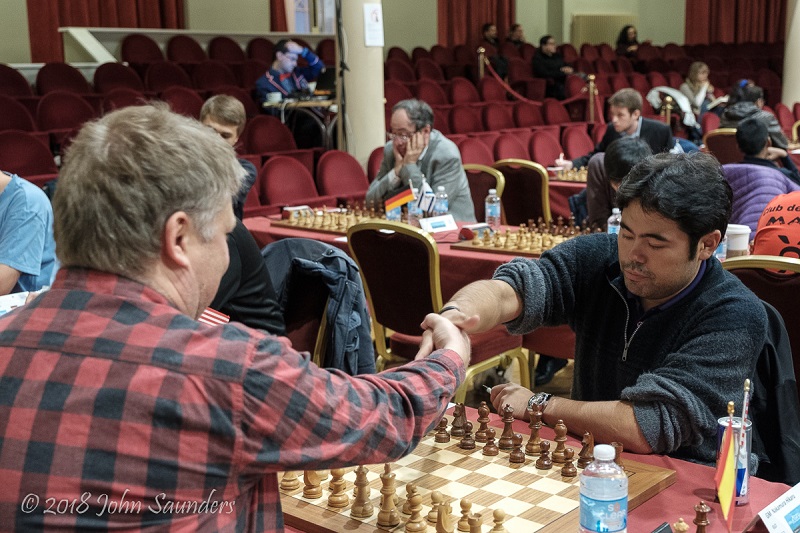
A clash of — attacking — generations | Photo: John Saunders
Next to Shirov and Nakamura, Sergey Karjakin and Samuel Sevian battled for hours on end. A complicated Spanish started to favour Karjakin (who was White) in the middlegame but there was no clear-cut way to break through, however, so the Russian exchanged down to a favourable endgame a knight up — a common sight in round five! By move 58, Sergey had two knights against a lone g-pawn. The purely technical phase was just beginning:
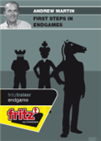 If you want to become a strong player you have to study the endgame. That's just the way it is. Andrew Martin's DVD 'First Steps in Endgames' offers a superb introduction for players rated below 1600.
If you want to become a strong player you have to study the endgame. That's just the way it is. Andrew Martin's DVD 'First Steps in Endgames' offers a superb introduction for players rated below 1600.
White, of course, needs to keep Black's pawn alive and manoeuvre his knights with precision. The end for Sevian came on move 92, with his king stranded on h8:
Karjakin has mate-in-two, as Sevian can only advance his pawn — 92...g2 93.Nd6 g1Q 94.Nf7# and Black is mated despite having promoted to a queen.
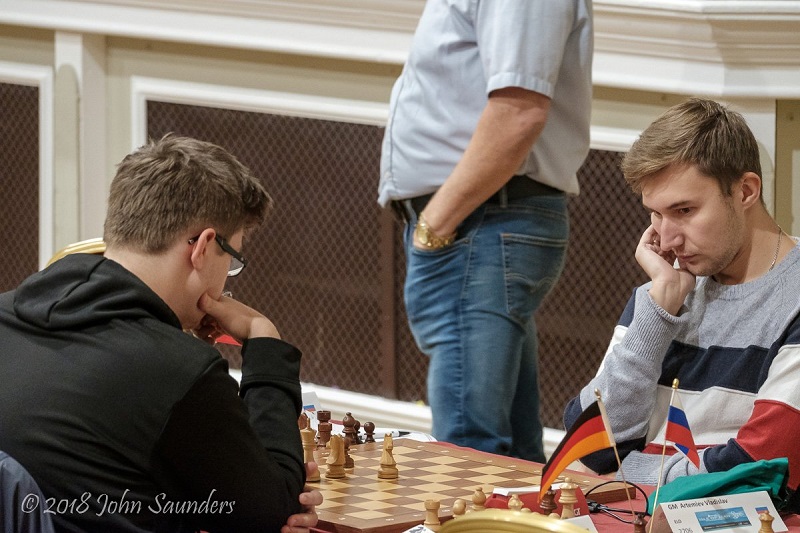
Karjakin needed to show his "Soviet schoolboy" technique | Photo: John Saunders
Finally, two surprising results were seen on boards 12 and 13, where Boris Gelfand and David Howell lost against lower-rated opposition. The former World Championship challenger fell victim to 21-year-old German GM Rasmus Svane, while the Englishman was defeated by the Kazakhstani Rinat Jumabayev.
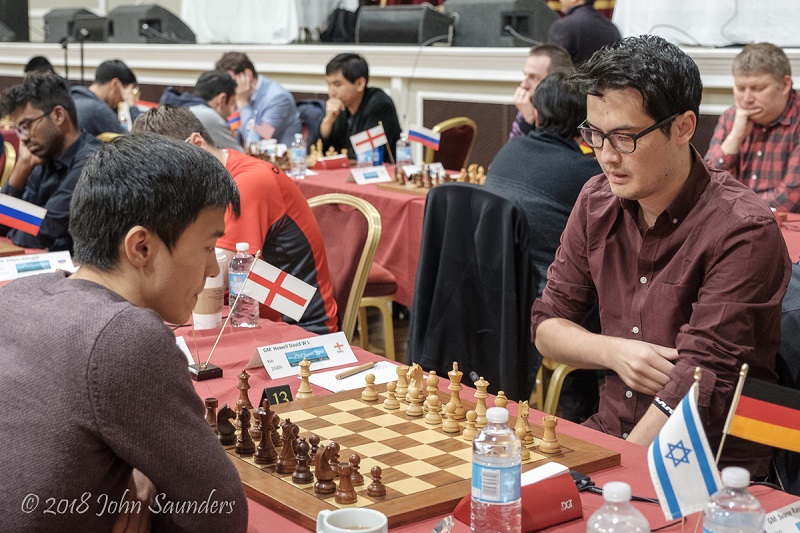
Howell vs. Jumabayev | Photo: John Saunders
Svane and Jumabayev are now part of the seven-player chasing pack on 4/5 and will have the difficult tasks of facing Wojtaszek and Vachier-Lagrave in round six. Curiously, one of the leaders, Arkadij Naiditsch, will take a bye on Thursday — we will see if taking a rest was the right decision for the Azeri when the tournament ends on Sunday.
Round 6 pairings (top 20 boards)
Games from Round 5
Links














